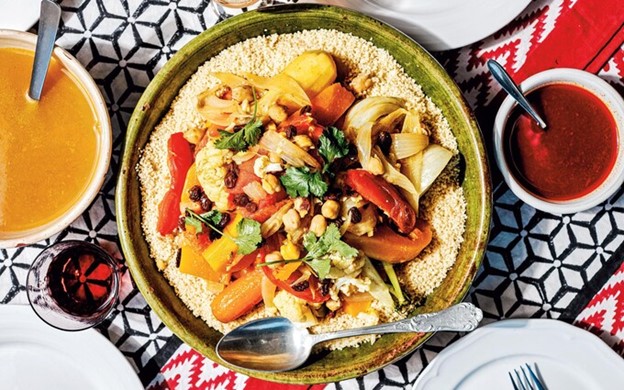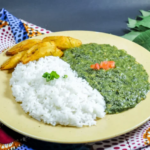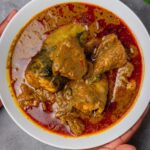Couscous, a staple of North African cuisine, is a culinary delight that captivates the senses with its aromatic flavors and versatile nature. Originating from the Berber tribes of the Maghreb region, couscous has become a beloved dish enjoyed across the globe. With its fluffy texture, delicate taste, and ability to absorb a myriad of flavors, couscous offers a truly satisfying and versatile culinary experience.
Origins and History
Couscous has a rich history that dates back centuries. It is believed to have originated in the ancient Berber culture of North Africa, specifically in present-day Algeria, Morocco, and Tunisia. Traditionally, couscous was made by hand, using semolina flour and water, which were shaped into tiny granules through a labor-intensive process.
Over time, couscous gained popularity and spread throughout the region, becoming a staple in the diets of North African communities. Today, couscous is not only cherished in its place of origin but also enjoyed worldwide as a beloved dish that embodies the essence of North African cuisine.
The Ingredients
The key ingredient in couscous is semolina, which is a coarse type of wheat flour made from durum wheat. The semolina is moistened with water and rolled into small pellets, which are then steamed to achieve the desired fluffy texture. The result is a light and airy grain that serves as a blank canvas for a variety of flavors.
Couscous is incredibly versatile and can be prepared in countless ways. It can be served as a main course or as a side dish, and it pairs well with various ingredients such as vegetables, meats, legumes, and aromatic spices. This versatility allows for endless possibilities and creative combinations to suit different tastes and preferences.
The Preparation
Traditionally, couscous is cooked using a special pot called a couscoussier, which consists of two parts: a base for simmering the stew and a perforated top where the couscous is steamed. The base is used to cook a flavorful broth with ingredients like vegetables, meats, and spices. The couscous is placed on the perforated top and steamed, allowing it to absorb the fragrant steam and take on the flavors of the stew.
In modern kitchens, couscous is often prepared by simply pouring hot water or broth over the grains, allowing them to absorb the liquid and become fluffy. This method is quick and convenient, making couscous a popular choice for busy households.
Serving and Accompaniments
Couscous can be served in a variety of ways, depending on the desired dish. It can be enjoyed as a main course, topped with a flavorful stew or accompanied by grilled meats, roasted vegetables, or sautéed greens. It can also be used as a base for salads, mixed with fresh herbs, vegetables, and a tangy dressing for a refreshing and nutritious meal.
Harissa, a fiery chili paste, is a common condiment served alongside couscous. Its spicy and smoky flavors add a kick to the dish and enhance the overall experience. Fresh herbs, such as cilantro or parsley, are often used as garnishes, providing a burst of freshness and adding visual appeal.
A Versatile Culinary Experience
What makes couscous truly special is its ability to adapt to different flavors and ingredients. It seamlessly combines with various seasonings, spices, and additions, allowing for endless creativity in the kitchen. Whether it’s a fragrant tagine, a zesty salad, or a hearty stew, couscous acts as a canvas for culinary exploration, making every bite a delightful and satisfying experience.
Couscous is a culinary gem that showcases the aromatic flavors and versatility of North African cuisine. Its fluffy texture, delicate taste, and ability to absorb a wide range of flavors make it a beloved dish worldwide. Whether enjoyed as a main course or a side dish, couscous invites you on a culinary journey to the vibrant markets and bustling kitchens of North Africa. So, embrace the aromatic flavors of couscous and let your taste buds indulge in this versatile and satisfying dish.








